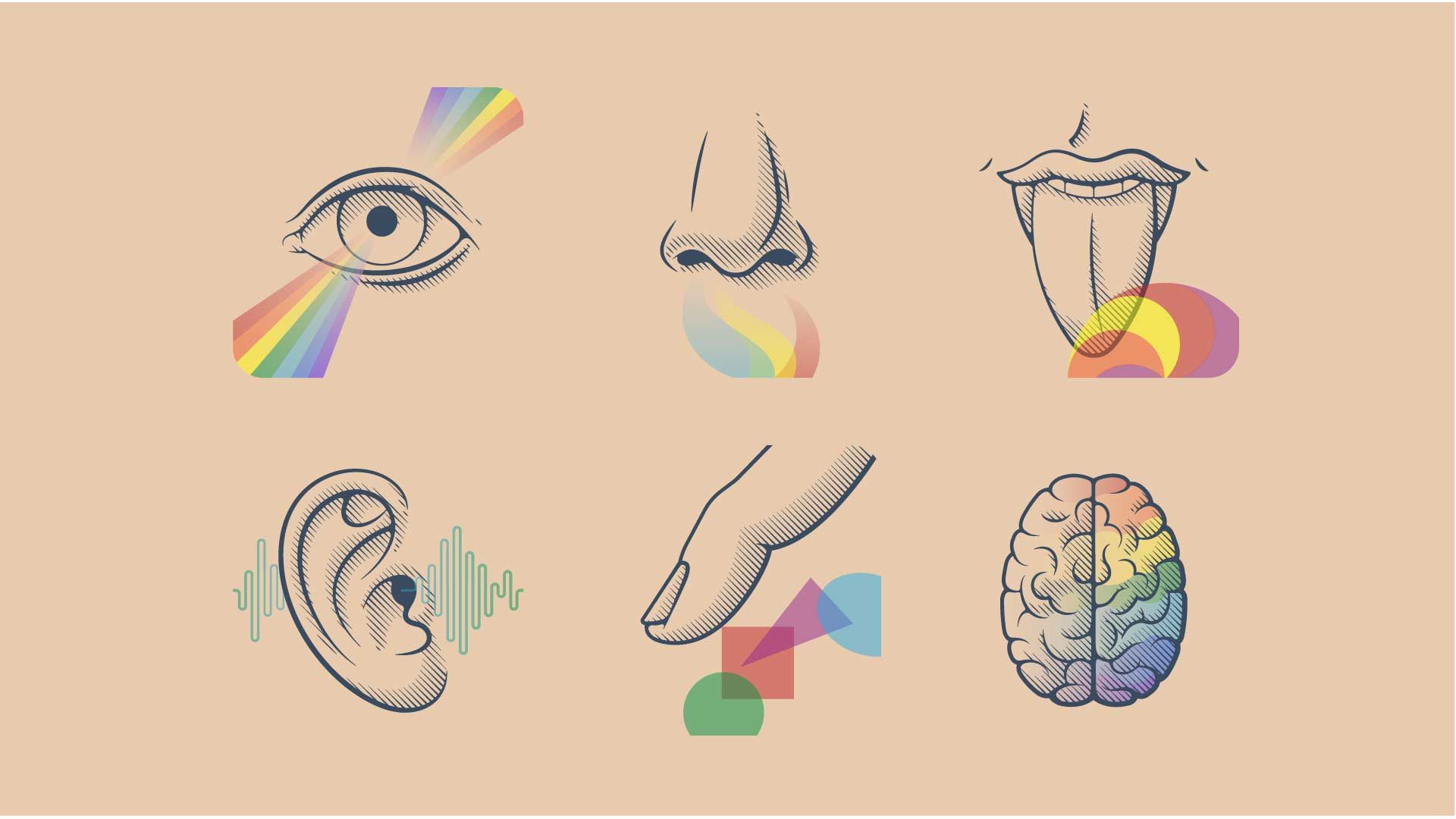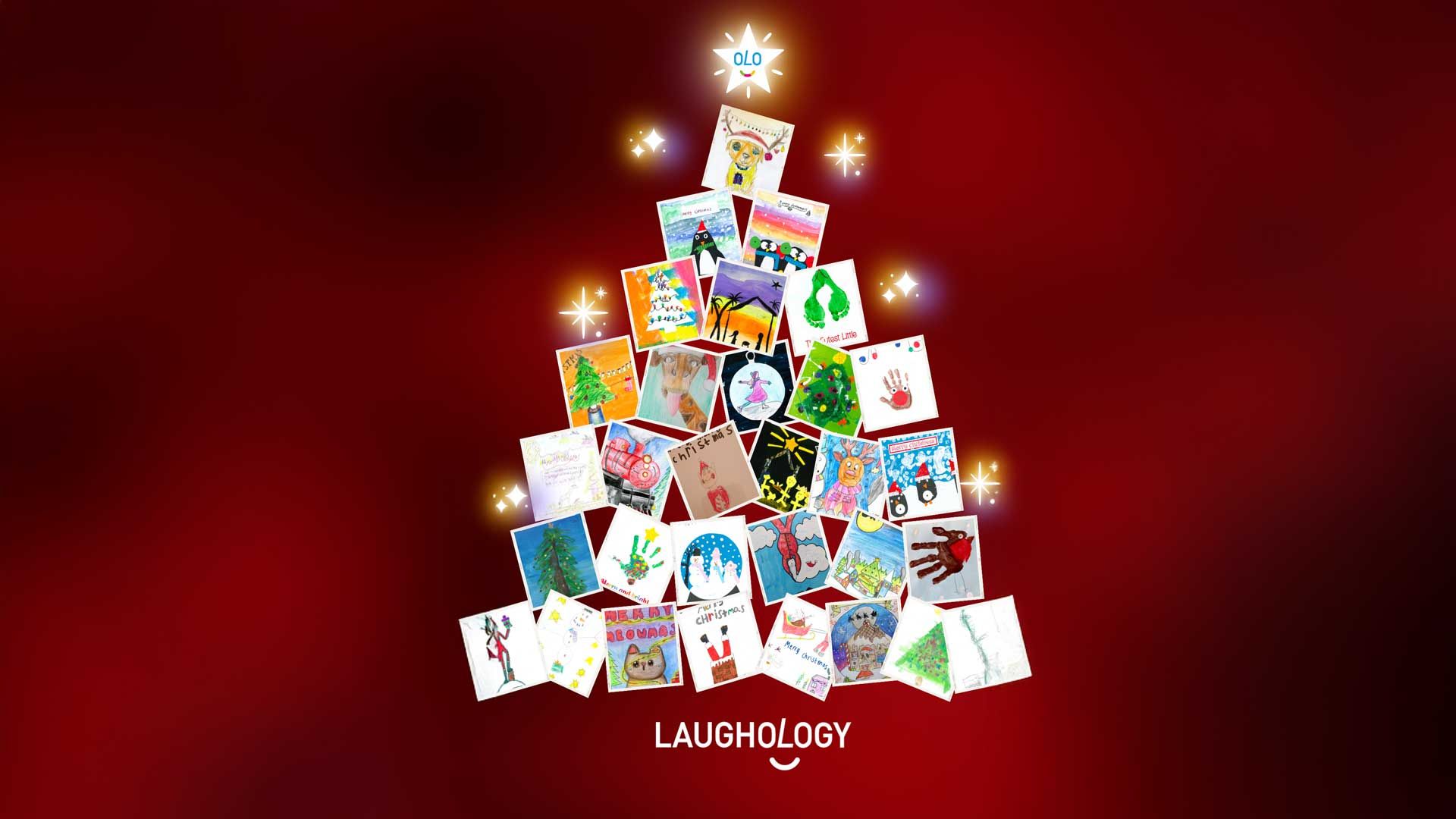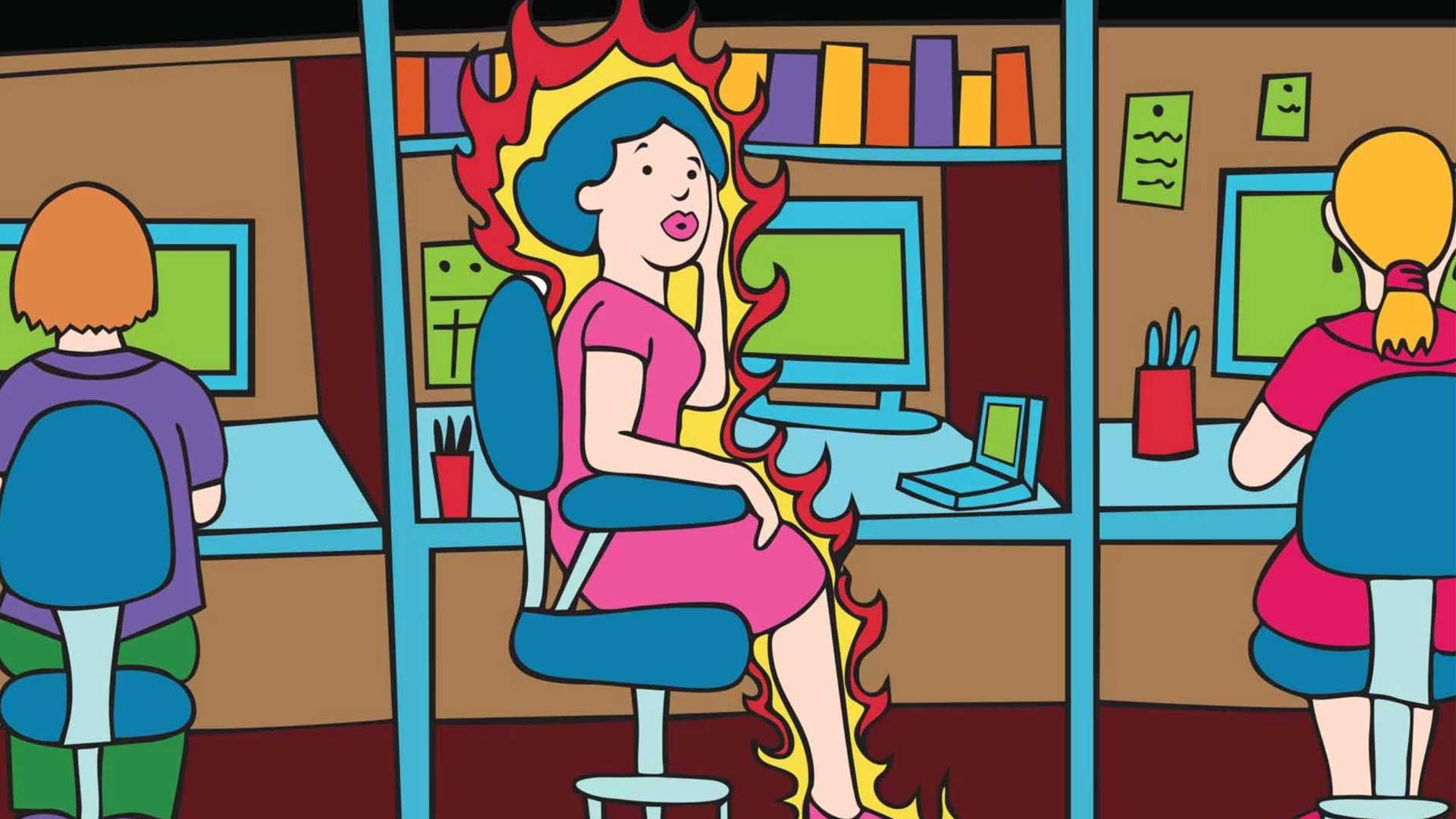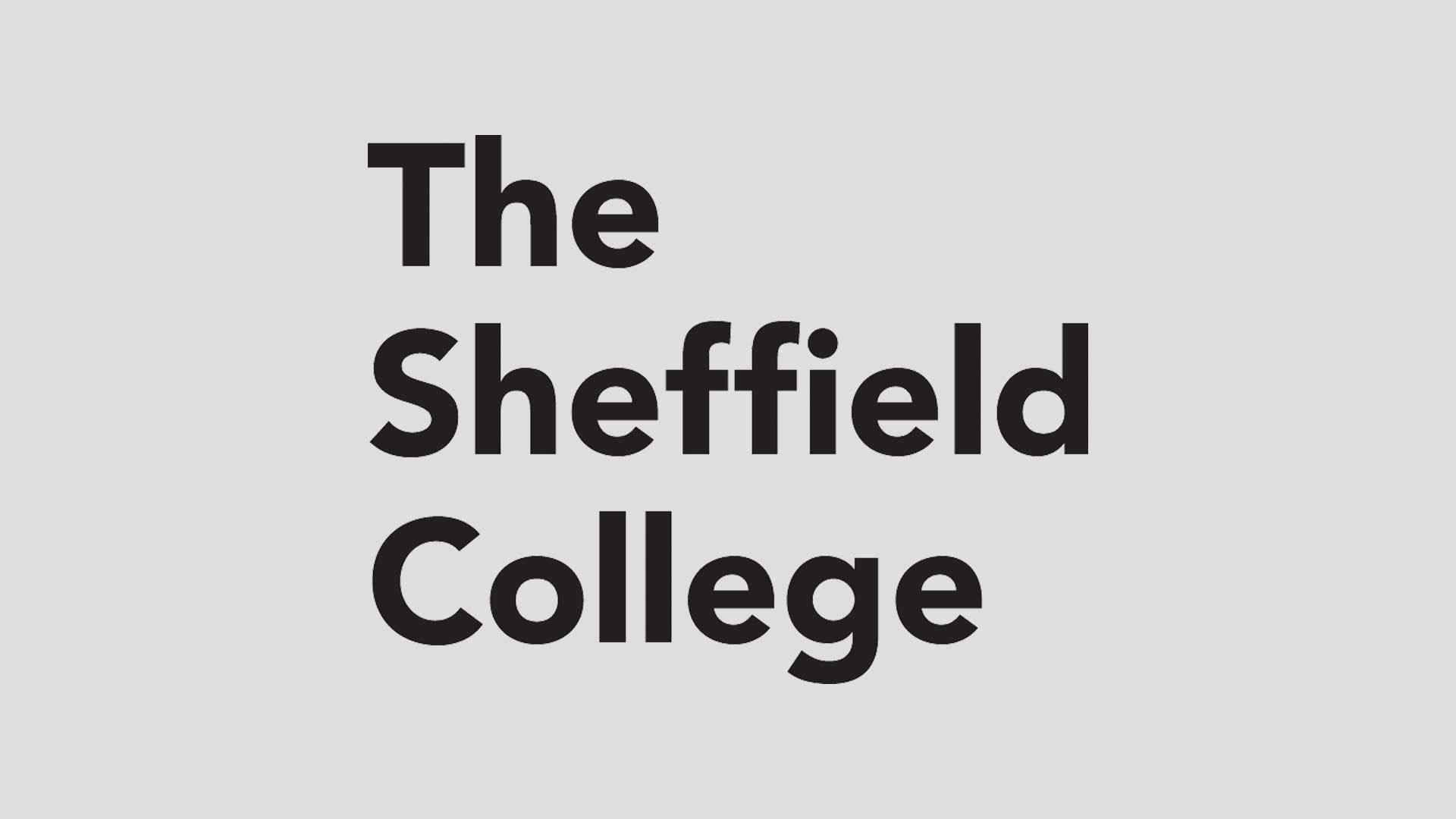Be sense-able! How to address all the senses to stimulate learning

Let’s try and be sense-able, shall we?
Yes, I know that’s not how you spell it! Got your attention though. We are talking about the senses here, rather than being ‘well-behaved’.
Most mainstream schools gravitate towards the audio-visual. Does your classroom address all the senses to stimulate learning? Could it? Does this sound a bit ‘woo-woo?’
The clever folks at Maryland University have discovered that:
So it makes sense! Pardon the pun.
Appealing to all the senses doesn’t have to be for the early years only. And for those of you who work in SEN, you know what I’m wanging on about.
Take some time to step back from your tried and tested ways to see if you can spruce things up a bit by considering the whole sensory experience.
Sensory lesson ideas to take away
If this has got you thinking about different ways to use the senses in your lessons, why not try a few of these on for size?
Smell
Guess what? Students must identify a smell without being able to see what it is. The ‘thing’ they are smelling can be related to the learning. For example, different fruits for learning fruit names.
Our sense of smell has strong connections to emotion. For frazzled minds, a stimulus for a creative writing piece can be sharing an aroma.
Sight
Well of course, you already use lots of videos, graphs and drawings with LOTS of information. Can you ask the learners to simply look at ONE object, for example, a mountain, and ask them to mindfully take in every detail?
Then the object is removed from sight and they try to draw the object remembering as much as they can. This trains the brain to slow down and take information in. We are so used to scanning and swiping that this skill can be neglected.
Sound
Music is a great tool for energising or calming, depending on the vibe you want in your classroom, and we’ve no excuse now that the internet gives us access to a ridiculously generous library of sound. There are SFX (sound effects) in abundance too – great for creating a particular atmosphere, or for focussing attention.
Taste
This is so much fun. You know what I’m going to say – blind tasting! This can be used in areas as diverse as economics. When learning about budgeting you can share several versions of the same product, e.g. with chocolate hobnobs, you can share own brand, McVities, and M&S versions on different plates, and learners have to guess which is the ‘trusted’ brand by tasting each one.
And if you’ve got any left over, we’re sure you can carry on the experiment with a cuppa at the end of the day…
Touch
Is it prickly? Soft? Smooth? Squishy? Experiencing any of these textures will evoke a reaction and a discussion. It could be as simple as passing something relevant round and feeling it without looking at it to determine what it is.
Or it could be a bit more ‘out there’ using curious questions, like: What does maths feel like? For some reason, my mind is saying baby hedgehog…
We hope this has got your creative juices flowing, and it’s not just the broken air con.
And if you’d like some inspiring workshops for your class or school, check out our Happy Kids page to see what we offer or get in touch with our Doug to discuss some more bespoke options -














